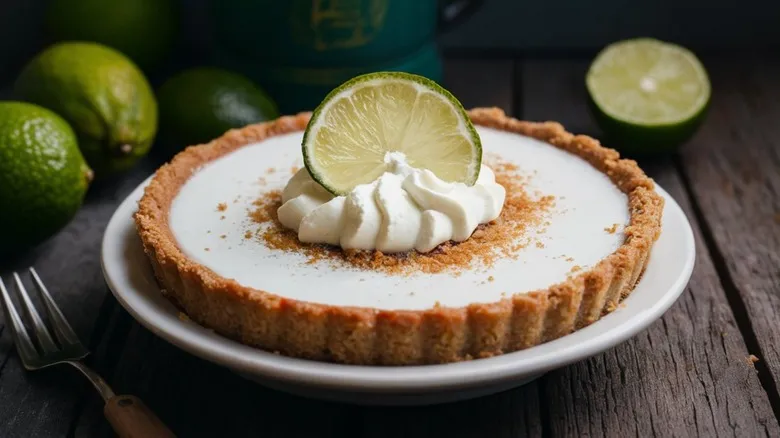Why and when you need to blind bake your pie crust
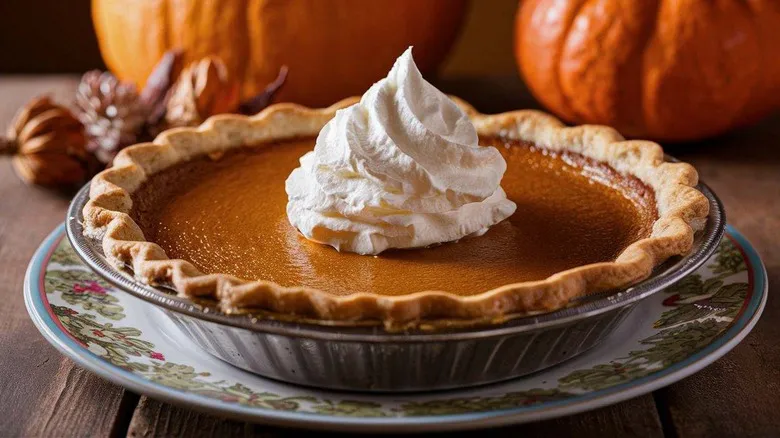
If you've ever made a pie from scratch and discovered that the bottom is soggy or lacks structural integrity, then blind baking is the solution for you. By pre-baking the pastry that forms the base of your pie before adding the filling, you ensure it cooks thoroughly without being weighed down by wet filling, which can prevent the bottom from baking properly before the top starts to burn. This technique helps you achieve a flaky or crispy crust before introducing any excess moisture.
Blind baking is particularly useful for pies with fillings that don’t require baking, such as a no-bake chocolate pie. While you can opt for a store-bought crust, making your own and adding the filling elevates the entire dessert. However, some pies don’t require blind baking because the pastry has enough time in the oven to cook through while the filling bakes. A classic example is apple pie; the apples don’t release much moisture until they start to cook down, and the longer baking time allows the crust to turn out well. If you find that the base of your apple pie is soggy, consider switching to a metal pie tin instead of a glass one, rather than attempting to blind bake the crust.
Do you need pie weights to blind bake a pie crust?

Kitchen supply stores are more than happy to sell you a box of pie weights for blind baking. If you're preparing a crumbly base, such as for a cheesecake, you won't need these weights. However, when blind baking a pastry, it's essential to add weight to prevent steam from creating large bubbles in the pastry shell. Pie weights are an excellent option for this purpose: simply line your pastry with parchment paper and fill it with a layer of metal, ceramic, or glass balls.
That said, while pie weights are effective, they aren't absolutely necessary. While it's important to weigh down the pastry to avoid bubbles, there are alternative solutions. Instead of using traditional pie weights, you can utilize almost any type of uncooked dried beans. They will serve the same purpose of weighing down the crust, and you can still cook and enjoy them afterward.
Recommended
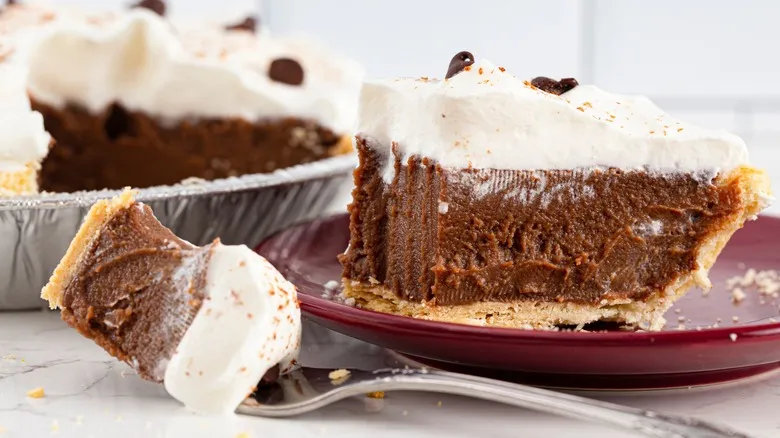
French Silk Vs Chocolate Cream Pie: What's The Big Difference?
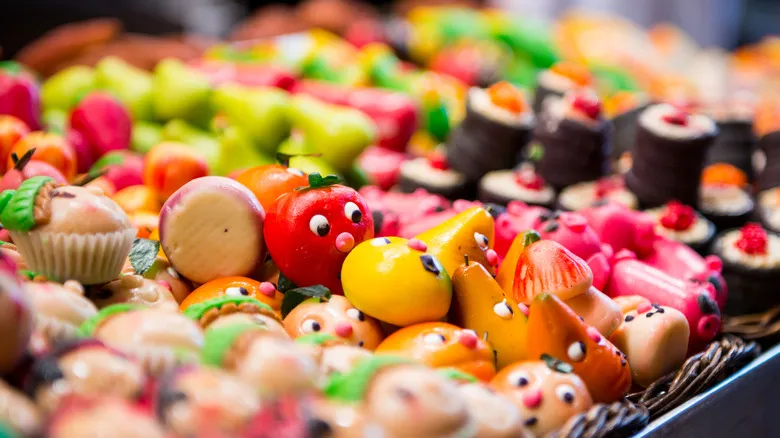
What Is Marzipan Made Of?
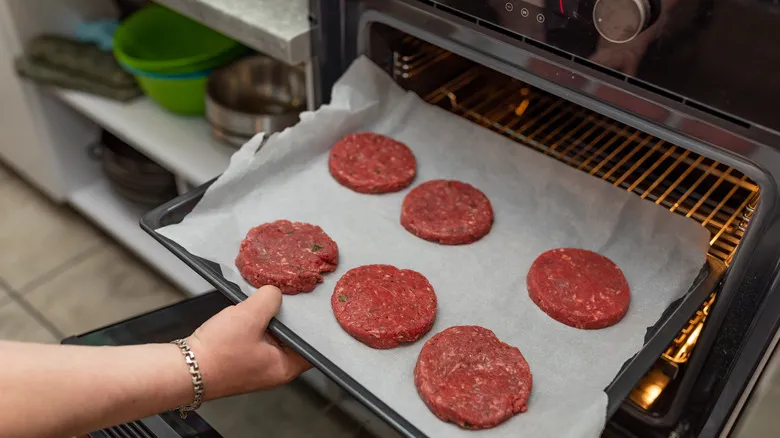
Why You Should Start Baking Your Hamburgers In The Oven
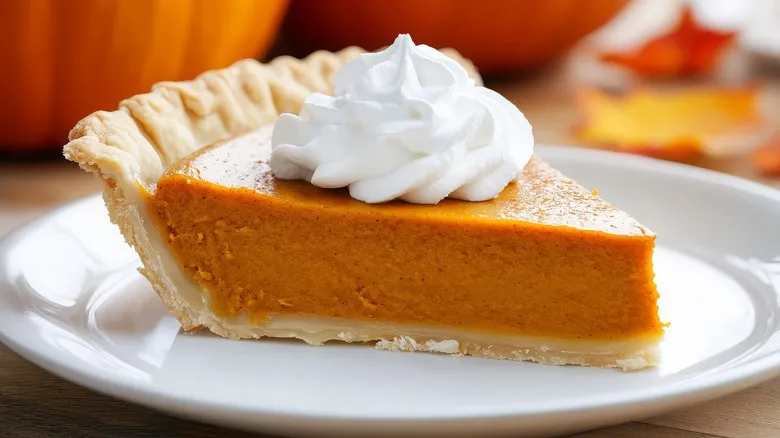
The Secret Ingredient For The Easiest No-Bake Pumpkin Pie
Next up

